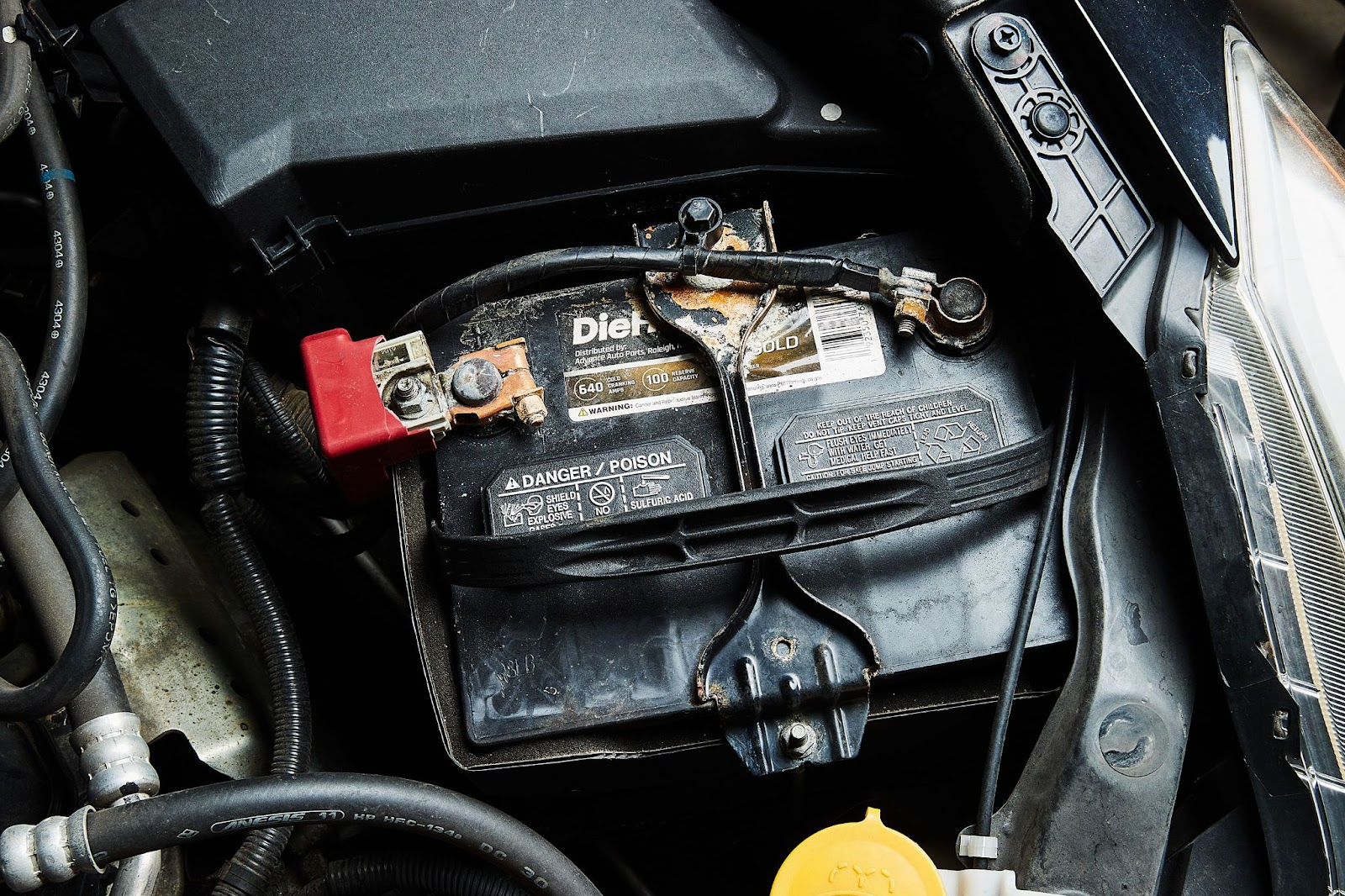Car Battery: Warning Signs of Lifespan and How to Choose Cost-Effectively

(Photo credit: opularmechanic)
The car battery is like the heart of the car's electrical system.
It's a crucial power source that allows the car to start, supplies power to various accessories, and ensures electronic systems run smoothly. However, batteries have a limited lifespan. Knowing the warning signs in advance and choosing the right battery can help you save money and avoid getting stranded with a dead battery.
How Does a Car Battery Work?
The battery's primary function is to store and deliver electrochemical energy. When you start the car, the battery provides a high current to the starter motor to get the engine running. Once the engine is on, the alternator generates electricity to power the car's systems and recharge the battery.
Warning Signs Your Car Battery is Nearing the End of Its Life
Typically, a car battery lasts about 2-3 years, depending on its type, usage, and maintenance. However, there are some warning signs that indicate it's time for a replacement.
1. Difficulty Starting the Car, or Takes Longer Than Usual
This is a classic sign that the battery isn't holding enough charge to crank the starter motor effectively.
2. Headlights Dim or Flicker When Idling
If you notice your headlights appear unusually dim, especially when the car is stopped and you're not pressing the accelerator (low engine RPM), it suggests the battery might not be providing stable power.
3. Power Windows Operate Slowly
When you try to open or close power windows and they move slower than usual, or you hear the motor struggling, it indicates insufficient voltage from the battery.
4. Other Electrical Systems Malfunction
Such as the stereo cutting out, slow central locking operation, or other electronic systems in the car acting erratically.
5. Battery Warning Light on the Dashboard
The battery symbol on your car's dashboard illuminates when there's a problem with the charging system, which could be a faulty alternator or a battery that can no longer hold a charge.
6. External Battery Condition:
- Corrosion (Green or White Deposits) on Terminals: This is a sign of corrosion caused by acid leakage and can lead to poor electrical conductivity.
- Swollen or Deformed Battery Casing: Caused by heat buildup or overcharging. This is dangerous and should be replaced immediately.
- Low Electrolyte Level (for conventional batteries): If not topped up regularly, it can damage the battery plates and shorten the battery's life.
How to Choose a Cost-Effective Car Battery
Choosing the right new battery for your car is essential to ensure maximum performance and value for your money
1. Know the Battery Type:
- Conventional / Low Maintenance Batteries: The cheapest option, requires regular refilling of distilled water. Easy to maintain in terms of checking water levels.
- Maintenance-Free (MF) Batteries: Doesn't require frequent water top-ups; may have plugs for refilling if necessary. Mid-range price, highly popular.
- Sealed Maintenance-Free (SMF) Batteries: Does not require water top-ups throughout its lifespan. Most convenient, higher price, good performance.
- EFB (Enhanced Flooded Battery) Batteries: Specifically designed for vehicles with Idling Stop (automatic engine start-stop) systems. More durable against frequent charging and discharging cycles.
- AGM (Absorbent Glass Mat) Batteries: The highest-performing battery for premium vehicles and cars with advanced Start-Stop systems. Highly resistant to vibration and heavy usage.
2. Size and Terminal Position
- Choose a battery size that fits perfectly in your car's battery tray (width x length x height).
- Check the position of the positive (+) and negative (-) terminals to ensure they match your old battery. Incorrect terminal placement will prevent installation.
3. Amp-hour (Ah) and CCA Ratings
- Ah (Ampere-hour) Rating: This is the battery's capacity. A higher Ah rating means the battery can store more charge. You should choose an Ah rating that is the same or close to the original battery specified in your car's manual.
- CCA (Cold Cranking Amps) Rating: This is the maximum current the battery can deliver when starting the engine in cold weather. A higher CCA rating is better for engine starting, especially in newer cars with complex electrical systems. You should choose a CCA rating that meets or exceeds your car's specifications.
4. Brand and Reliability
Choose a battery from a popular and reputable brand in the market, such as Yuasa, GS, 3K, Boliden, Puma, Bosch, Varta, etc., to ensure quality and after-sales service.
5. Manufacturing Date
Choose the newest manufactured battery. Batteries have a limited shelf life even if unused.
6. Warranty
Clarify the warranty terms. Typically, warranties range from 12-18 months.
Additional Things to Remember
- Consult a Professional Mechanic: If you're unsure, consult a professional mechanic or a knowledgeable battery store to recommend the most suitable battery for your car and driving habits.
- Check the Alternator: After replacing a new battery, you should have a mechanic check if your alternator is functioning correctly. If the alternator is faulty, even a new battery will quickly discharge.
Proper car battery maintenance and replacement not only keep your car ready to use but also save you time and unexpected expenses from a car that won't start!
Claim your free car valuation today!
Read More: Can You Clean Your Car’s Engine Bay Yourself, or Should You Leave It to a Professional?
Looking for a car appraisal? You can contact us for a free car valuation within 24 hours…
